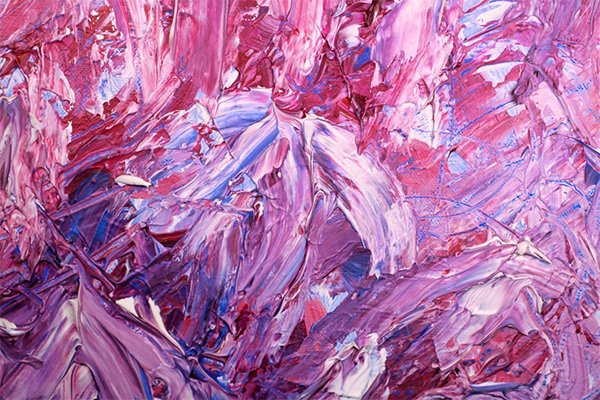During the 19th century, a new art movement began to emerge, today, this style is recognized as abstract art, also called nonrepresentational art or nonobjective art. Compared to other styles, abstract art was focused on the use of various shapes, colors, and forms in order to indicate or convey ideas, objects, or people from real life. Whereas other styles like realism focus on transferring and retaining the smallest details from life onto a painting or sculpture, abstraction is concerned with being able to show a representation or abstraction of real life to focus its audience on the central themes of a work.
Characteristics
Abstraction is the act of turning something complicated into a simplistic representation of the original source while retaining elements that can help viewers discern what is being shown. From this definition, understanding the essence of abstract art becomes simpler. Other works of abstract art would also garner attention from debates on what the artwork shows. A sense of subjectivity always seemed to arise when it came to interpreting these works of art. Coupled with the lack of identifiable objects, understanding abstract art differs for every person.
Types
Within abstraction, a few different subtypes can be found. First, arguably the most recognizable type is drip, splatter, or paint splash. In this type, the nature of splattering, dripping, or splashing paint onto a canvas creates textures that would otherwise have been hard to achieve. Second, marbling is also recognized as one of the first forms of abstract art. Here, colored ink would be floated on top water before an artist would transfer the ink onto their intended canvas, typically being an absorbent surface. The third type is line art, which is characterized by painting, drawing, or sketching lines. To be more specific, line art used in abstract art uses simple and continuous lines. Besides these three types, there are a number of other types that each have its own special traits.
Famous Works
Abstract art has introduced some of the most famous works known to man today. A few of these works include Piet Mondrian’s “Composition II in Red, Blue, and Yellow” made in 1930. Through this work, Mondrian strived to represent and show compositional harmony by using shapes, colors, and lines. “Convergence” by Jackson Pollock in 1952 was made by dripping and pouring paint onto the canvas. In the art world, Pollock’s work is famous for representing freedom of expression and speech. On another note, “Scorn” by Tomoo Gokita in 2011, painted a picture of a faceless woman. Other artists note how Gokita’s works are able to strike a balance between both the abstract and figurative aspects of his paintings.
To this day, abstract art is still being studied and revolutionized by artists, showing just how important the movement is to the world of art. While the main draw of abstract art is to omit unnecessary details in art, it is also this quality that makes abstract art so special. Due to the lack of details, artists can bring people’s attention to details that otherwise would have been ignored if they chose to use another style.
Photo Attribution:
Featured and 1st image by https://www.pexels.com/photo/multicolored-abstract-painting-1269968/
2nd image by https://www.pexels.com/photo/abstract-painting-1293125/

